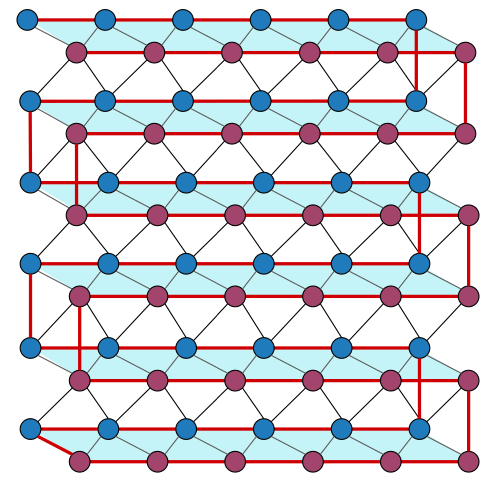
The Fermi-Hubbard model is of fundamental importance in condensed-matter physics, yet is extremely challenging to solve numerically. Finding the ground state of the Hubbard model using variational methods has been predicted to be one of the first applications of near-term quantum computers.
A team of University of Bristol has carried out a detailed analysis and optimisation of the complexity of variational quantum algorithms for finding the ground state of the Hubbard model, including costs associated with mapping to a real-world hardware platform. The depth complexities they have found are substantially lower than previous work. They performed extensive numerical experiments for systems with up to 12 sites. The results suggest that the variational ansätze they used – an efficient variant of the Hamiltonian Variational ansatz and a novel generalization thereof – will be able to find the ground state of the Hubbard model with high fidelity in relatively low quantum circuit depth. These experiments include the effect of realistic measurements and depolarizing noise.
If their numerical results on small lattice sizes are representative of the somewhat larger lattices accessible to near-term quantum hardware, they suggest that optimizing over quantum circuits with a gate depth less than a thousand could be sufficient to solve instances of the Hubbard model beyond the capacity of classical exact diagonalisation. (University of Bristol)
